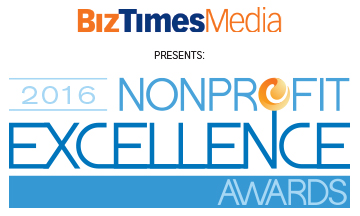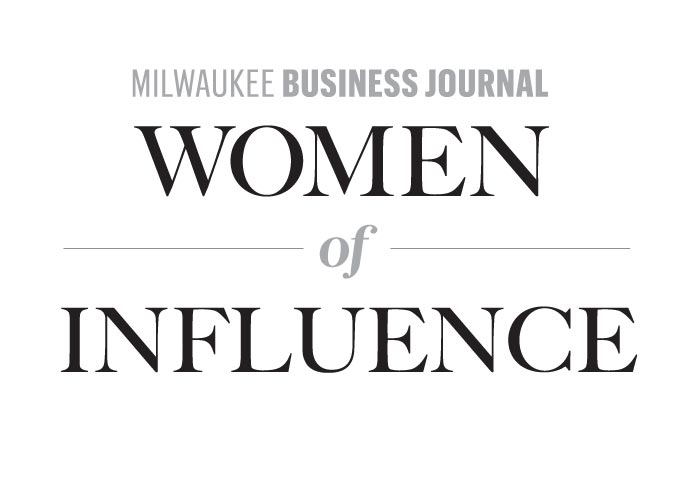This post was written by Rachel Fischer of DSAW partner REINS, Inc.
Equine assisted activities and therapies (EAAT) encompass a wide range of vital programs servicing individuals with physical, psychological, emotional, behavioral, and social needs. At the core of all EAAT services lie the healing power of the horse. The therapeutic nature of horses has been recognized for centuries, dating back to early Grecian culture with the first documented research noted in the 18th-19th centuries (DePauw, 1986).
Key programming options within the realm of EAAT include: therapeutic riding, hippotherapy, interactive vaulting, therapeutic driving, and equine assisted learning. Therapeutic riding places recreational education of horsemanship skills at the forefront; thus, programs teach key riding skills with educational modifications to accommodate rider disabilities. Hippotherapy is the provision of occupational therapy, physical therapy, or speech therapy services using the horse as the therapeutic medium. Interactive vaulting offers therapeutic benefits through gymnastics-like activities on horseback. Therapeutic driving offers participants educational opportunities through carriage driving, allowing participation for those who may not be appropriate for mounted activities. Finally, equine assisted learning services utilize an experiential learning approach to promote the development of critical life skills including trust, leadership, assertiveness, communication, self-confidence and self-awareness (PATH Intl, 2019). All EAAT programs are recognized through the Professional Association of Therapeutic Horsemanship (PATH) International, a regulatory agency offering program guidance, regulatory guidelines, and supportive advocacy. Services are provided by PATH certified instructors or therapists.
Despite the wide array of optional programming, EAAT participants can experience extensive physical, cognitive, and socioemotional benefits. EAAT exists within an enjoyable and motivating environment, allowing certified instructors to target skills that may be otherwise challenging to address through traditional intervention.
Physical: Equine assisted activities offer a wide array of physical benefits including improved balance, coordination, strength, endurance, core strength, head control, gross motor skills, and fine motor skills. Horse anatomy (particularly pelvic girdle and lower extremity) mirrors human anatomy, a feature unique to horses and unable to be replicated in any other therapeutic environment (DePauw, 1986). Because of this comparison and compatibility, horses naturally offer three-dimensional movement, which allows PATH certified professionals to simulate and mimic natural human gait and movement while a rider is mounted (DePauw, 1986). This natural three-dimensional movement also challenges and alters the rider’s center of gravity which leads to activation and eventual strengthening/improvement in vital balance reactions (Zadnikar & Kastrin, 2011). Horseback riding inherently requires a high degree of core strength, head control and gross motor skills to maintain the appropriate position while astride (Champagne & Dugas, 2010). EAAT can also assist with tone management. Smooth, well controlled movement and the body heat from the horse can assist with high tone neutralization while shorter, more impulsive strides offer increased proprioceptive and vestibular input to improve hypotonia. Riders must also utilize fine motor skills and upper extremity coordination to direct and control their mount, offering opportunities to target improvement in these areas as well (Scott, 2005).
Cognitive: EAAT participants can additionally see a variety of cognitive benefits including improved attention, sequencing, memory, communication, spatial awareness, left/right discrimination, and safety awareness. Programs are often offered in group settings, thus allowing instructors to target communication and attention within the context of selected group activities (Scott, 2005). Participants must use clear cues to direct each specific equine therapist, thus improved communication is often noted through this intervention (DePauw, 1986). Specific horsemanship activities create improved spatial awareness and sequencing skills through enjoyable and motivating tasks (DePauw, 1986). Given the unique nature of this therapeutic intervention, participants must learn specific techniques and skills to safely navigate in the arena with noted carryover into everyday activities.
Socioemotional Benefits: EAAT participants experience a variety of social and emotional benefits as well, including, but certainly not limited to, improved social motivation, improved self-regulation, improved management of sensory behaviors, improved self-control, increased confidence, trust, leadership, and assertiveness. By the very nature of this therapeutic environment, EAAT offers a diverse sensory experience for all participants; this allows for decreased sensory sensitivities and improvements in sensory seeking behaviors (Holm et al, 2014). The equine therapists act as a vital team member and are highly intuitive to human behavior; horses invite self-reflection and review while offering participants a new way to see their internal landscape. Additionally, successful participation in EAAT and direct interaction with these powerful creatures directly results in improved self-confidence and assertiveness.
Equine assisted activities and therapies undoubtedly provide a strong foundation in horsemanship skills while also offering a wide array of physical, cognitive, social and emotional benefits. The power of the horse transcends disability, age, and skill to provide a motivating and enjoyable experience for all involved. All potential participants are encouraged to visit the PATH International Website (pathintl.org) to locate a program near their hometown.
ABOUT REINS: REINS, Incorporated is a 501(c)(3) non-profit organization, based in Sheboygan Falls, Wisconsin, committed to improving the lives of those with disabilities through individually structured classes using therapeutic interactions with horses. We are an equine assisted activities and therapy center accredited by the Professional Association of Therapeutic Horsemanship (PATH) International.
We offer summer programs with weekly classes as well as single session classes spring through fall. The program has excitedly experienced significant growth in the past three years, with over 100 expected participants registered for the 2019 season. We strive to provide support and growth opportunities for all our participants.
REINS offers three equine assisted activities: therapeutic riding, equine assisted learning and combined equine assisted learning/therapeutic riding. Therapeutic riding places emphasis on education of horsemanship skills with consideration of underlying disabilities. Equine assisted learning is a ground based, experiential learning approach designed to teach critical life skills including trust, leadership, assertiveness, self-awareness, self-confidence, communication and respect. The combined equine assisted learning/therapeutic riding program combines the same focus on life skill attainment through small group learning experiences with an additional focus on horsemanship skills.
Our mission: "REINS, Inc. provides personal growth, challenge and development through equine assisted activities and therapies to improve participants quality of life."
ABOUT THE AUTHOR: Rachel Fischer is blessed to be the Senior Instructor and Equine Professional at REINS Incorporated, Equine Assisted Activities and Therapies. She is a licensed occupational therapist and PATH certified instructor, dedicated to providing high quality, participant-centered, evidence based and compassionate services to ensure participants achieve their desired goals. She has a special interest in pediatric populations, although has worked with individuals of all ages both personally and professionally.
References
Champagne, D. & Dugas, C. (2010). Improving gross motor function and postural control with hippotherapy in children with Down Syndrome: Case report, Physiotherapy Theory and Practice, 26(8), 564-571.
DePauw, K.P. (1986). Horseback riding for individuals with disabilities: Programs, philosophy, & research, Adapted Physical Activity Quarterly, 3, 217-226.
Holm, M.B., Baird, J.M, Kim, Y.J, Rajora, K.B., D’Silva, D., Podolinsky, L.,…Minshew, N. (2014). Therapeutic horseback riding outcomes of parent-identified goals for children with autism spectrum disorder: An ABA multiple case design examining dosing and generalization to the home and community, Journal of Autism and Developmental Disorders, 44(4), 937-947.
PATH International (2019). Learn about EAAT. Retrieved from: https://www.pathintl.org/resources-education/resources/eaat/27-resources/general/193-eaat-definitions
Scott, N. (2005). Special needs special horses: A guide to the benefits of therapeutic riding. Denton, TX: University of North Texas Press.
Zadnikar, M., & Kastrin, A. (2011). Effects of hippotherapy and therapeutic horseback riding on postural control or balance in children with cerebral palsy: A meta-analysis, Developmental Medicine & Child Neurology, 53(8), 684-691.










